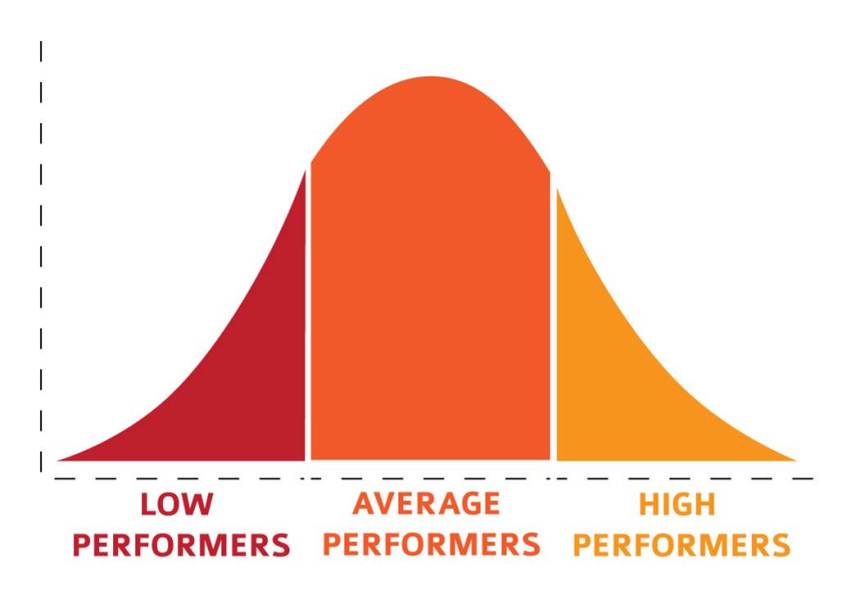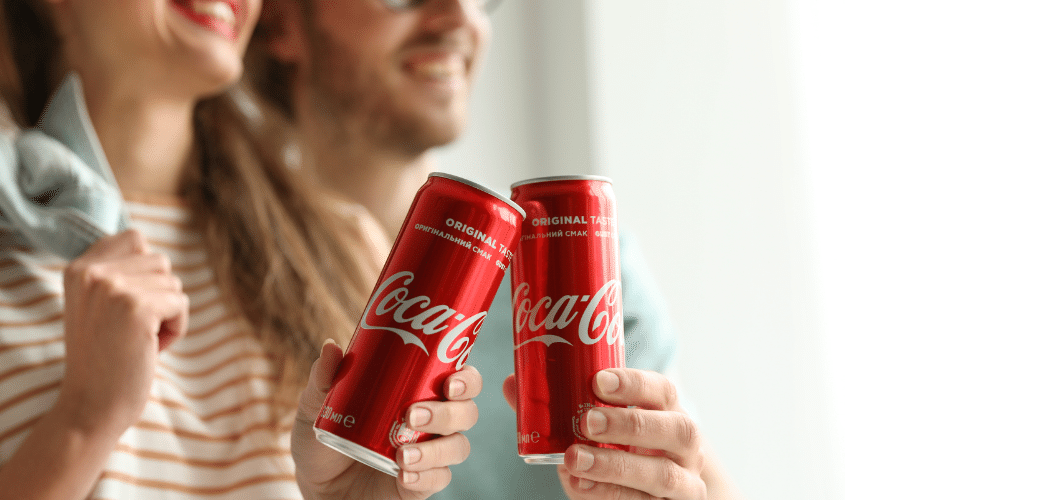Moving the middle is a concept almost any sales executive would recognize. It refers to improving the performance of mid-level salespeople to grow the overall revenues of a company. Recent COVID-19 vaccination campaigns like Ohio’s Vax-a-Million contest proves moving the middle works.
By: Ric Neeley
Let’s begin with a little background on moving the middle. Any organization’s sales personnel can be divided up into a bell curve.

On the right end of the curve are the 10% - 20% representing the company’s top salespeople. These are the high performers you simply cannot afford to lose. They manage some of the largest clients and generate significant revenue year after year.
On the opposite side of the curve are the low-level performers. This is also usually about 10% - 20% of all sales reps. In most cases, these people are either new to the company or new to the sales role. They will either improve quickly and dramatically or sales management will encourage them to consider other positions.
The middle 60% - 80% are your average performers. They are dependable. They consistently produce solid numbers, but you would never think of them as sales stars. They never win the big sales contest, and they don’t earn the sales incentive trips, but they are steady and reliable.
The concept of moving the middle looks at gaining incremental sales from these average performers. The idea is simple…even a small incremental increase of 5% from a rather large group of average performers would produce big results. In fact, studies show a 5% sales increase from the middle 60% of sales people would yield over 70% more revenue than the same increase from the top 10% of sales reps.
The question has always been is moving the middle effective? Few companies will publish the results of their incentive programs. Why would anyone want to give secrets away to competitors? Most sales executives must invest in a move the middle program on faith initially to see if it will make a difference. But the COVID-19 vaccines have given us a unique opportunity to see if moving the middle really does work.
The Pfizer and Moderna COVID-19 vaccines both received FDA emergency use authorization in December 2020. Just a couple of months later, the Johnson & Johnson vaccine was also approved. Vaccination plans were prepared by each state and were designed to immunize those in the highest risk groups first.
Initial supplies of all three vaccines were limited, and people often faced huge and frustrating challenges just getting an appointment. But many people were understandably highly motivated to get vaccinated just as soon as possible. These highly motivate individuals fought through the challenges, and the daily average of vaccines administered climbed quickly. In January over one million people were getting vaccinated each day. February saw that number rise to two million on average per day. As supply increased, we saw over 3 million people getting vaccinated daily in March. There were even days in early April when an amazing 4 million shots were given each day.
Since April, however, numbers have been falling as the people most eager to get vaccinated received their shots. As of mid-June, 145 million Americans had been fully vaccinated or about 43.9% of the total US population. But that’s a long way from the 75% to 80% vaccination rates many experts say is needed to achieve herd immunity.
As state officials nervously watched their daily vaccination rates decline, governors and public health administrators began looking for ways to encourage people to go for their shots beyond public service communications.
- Louisiana started offering “Shots for Shots” events at bars rewarding those getting vaccinated with a shot of liquor.
- West Virginia launched a $100 savings bond giveaway for vaccinated citizens.
- Ohio launched the Vax-a-Million program offering vaccinated residents a chance win prizes.
The Vax-a-Million program was unique and offered any vaccinated adult from Ohio entries into five weekly sweepstakes for $1 million each. Vaccinated 12- to 17-year-old Ohioans could enter for a chance to win one of five, four-year full-ride scholarships, including room-and-board, tuition, and books, to any Ohio state college or university.
Just days after unveiling Vax-a-Million, Ohio saw a 6% increase in vaccinations among 30 – 54-year-olds. This followed weeks of declining vaccination rates in the same group. Winners say Vax-a-Million inspired them to go get the vaccine. One cited his busy work schedule had caused him to put off getting vaccinated, but the opportunity to win a million dollars spurred him on to make the time.
Ohio Governor Mike DeWine stated,
“Data continues to show that our Ohio Vax-a-Million promotion continued to increase COVID-19 vaccinations compared to the period before the promotion announcement.” DeWine went on to say, “The vaccine remains our most powerful tool to fight the virus and for Ohioans to protect themselves and others. I encourage anyone considering getting the vaccine to not delay and take advantage of both vaccination opportunities and the Ohio Vax-a-Million promotion."
Although the final numbers aren’t in yet, it’s clear that promotions like Vax-a-Million move the middle. In Ohio’s case, the top performers were the early adopters, the folks who were most eager to get immunized and did so as soon as possible. These were the people who struggled to get their appointments while supplies were limited and overcame all barriers to get their shots.
On the opposite side of the vaccination bell curve are the estimated 13% - 14% of US adults who have said they will “definitely not" be getting vaccinated. No communications campaign or promotion is likely to have any impact on this group.
With about 44% of the US population already immunized and states like Ohio already crediting upticks in vaccination rates to promotions like Vax-a-Million, it appears we now have empirical proof that mid-level performers can be influenced. This should nudge sales executives to seriously consider implementing a “move the middle” program. Although I might debate whether a sweepstakes is the right solution for a sales program, there’s little doubt that a move the middle strategy gets results. Just ask Ohio.
Ric Neeley is a Director of Marketing for Hinda Loyalty Group, a US-based loyalty solutions provider that helps engage, inspire, and reward the people most important to your business.




